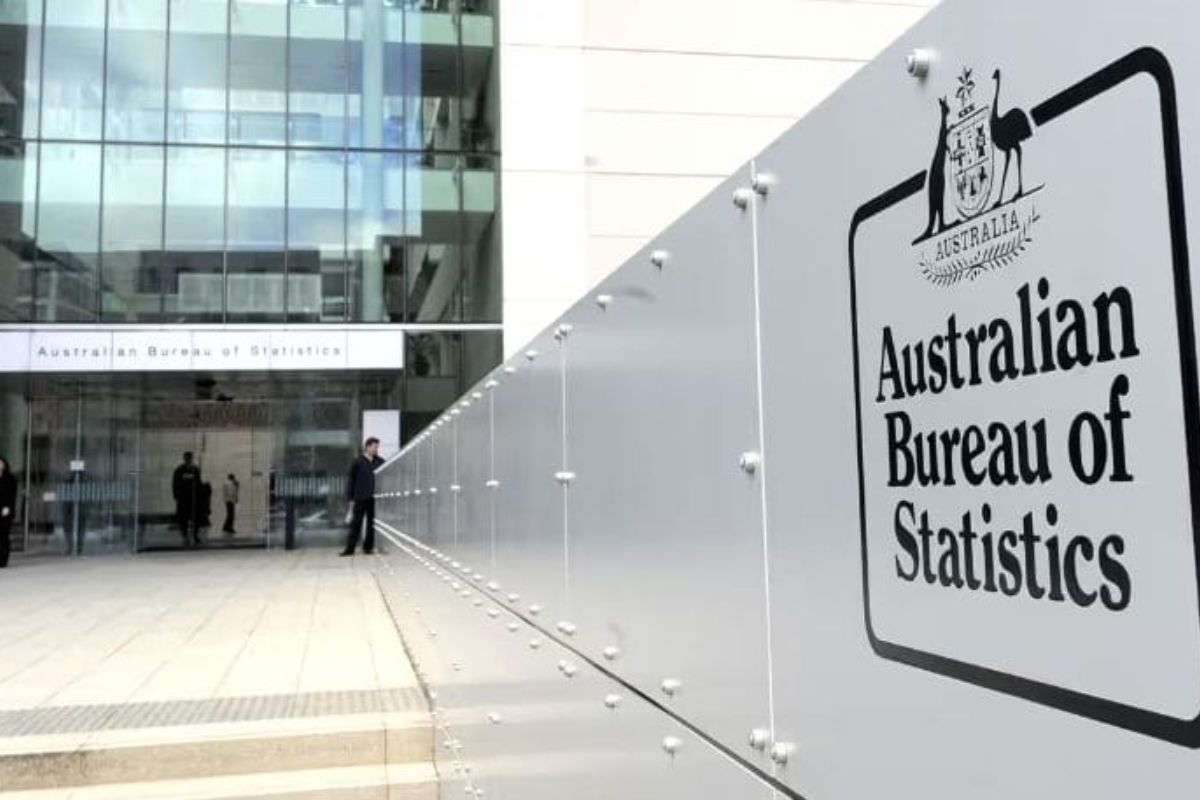Australia’s Economy Hits a Snag: Australia’s economy is facing a challenging period, with recent data indicating a slowdown that has left many experts speculating about potential rate cuts.
The sluggish growth in the fourth quarter of 2023 has sparked concerns, particularly as household spending struggles to keep pace amid these economic headwinds.
As global economic trends also show signs of a slowdown, the question arises: what does this mean for Australia’s economic future and how might policymakers respond to these challenges?
Stay tuned for further insights into this developing story.
Australia’s Economy Records Sluggish Growth in Q4 2023
Australia’s economic performance in the final quarter of 2023 exhibited a concerning deceleration, underscoring the challenges posed by sluggish growth on the nation’s financial landscape. The notable slowdown in economic growth was primarily attributed to a squeeze on household incomes, stifling consumer spending and dampening overall economic activity. This downward trend has raised significant concerns among policymakers and economists alike, with expectations mounting for a potential downward shift in interest rates to stimulate demand and economic expansion.
Treasurer Jim Chalmers highlighted a crucial shift in the economy’s risk balance from inflation to growth, emphasizing the need for proactive measures to address the current economic challenges. The subdued growth not only reflects the delicate balance between consumer spending and borrowing costs but also raises questions about the sustainability of Australia’s economic expansion in the face of mounting pressures.
As speculation regarding rate cuts gains traction, the Australian economy finds itself at a critical juncture, grappling with the implications of a sluggish growth trajectory and the need for decisive action to reignite momentum and restore confidence in the financial markets.
Also Read: Fair Market Focus: Australia’s Supermarket Giants Under Review
Household Spending Struggles Amid Economic Slowdown
Household spending faces a critical struggle amidst the looming specter of an economic slowdown, as Australians grapple with mounting financial pressures and a shifting economic landscape. The latest data from the Australian Bureau of Statistics paints a grim picture, with household spending showing minimal contribution to economic growth in Q4 2023.
Here are three key points reflecting the dire situation:
- Essential vs. Discretionary Spending Imbalance: While essential spending continues to rise, discretionary spending is witnessing a sharp decline. This imbalance highlights the financial strain on Australian households.
- Impact of Higher Interest Rates: The recent hike in interest rates has put additional strain on consumers, making borrowing more expensive and reducing disposable income available for spending.
- Calls for Policy Shift: With the cost-of-living pressures mounting, there are increasing calls for a shift in monetary and fiscal policy to stimulate economic growth and alleviate the burden on households.
As the economic slowdown persists, households are facing an uphill battle to maintain their financial stability amidst these challenging times.
Global Economic Slowdown Trends and Australia’s Future Outlook
Amidst the global economic downturn, Australia finds itself at a critical juncture, navigating turbulent waters as it seeks to secure a stable future amidst uncertain economic trends. The deceleration in global economic growth has taken its toll on Australia, with the country experiencing declining GDP growth on a per capita basis for three consecutive quarters. Despite the boost from record immigration, concerns loom large over the prolonged downward trajectory.
Treasurer Chalmers has acknowledged the pressing need for a responsive approach to the current economic scenario. Market speculations are rife, with many anticipating a potential rate cut from the Reserve Bank of Australia (RBA) in August 2024. The future outlook for Australia remains shrouded in uncertainty, as the nation grapples with the implications of a slowing global economy on its own financial stability.
As Australia braces for what lies ahead, strategic and decisive actions will be imperative to steer the country towards a path of resilience and growth in the face of challenging global economic headwinds.
News In Brief
Australia’s Economy Hits a Snag: The fourth quarter of 2023 saw a significant slowdown in Australia’s economic growth, prompting speculation about potential rate cuts. Household spending struggled amid rising financial pressures, with essential spending rising while discretionary spending declined. Treasurer Jim Chalmers noted a shift in the economy’s risk balance from inflation to growth, emphasizing the need for proactive measures. As speculation about rate cuts gains traction, Australia faces a critical juncture, grappling with the implications of sluggish growth and the call for decisive action to stimulate economic momentum. Global economic downturn trends add uncertainty to Australia’s future outlook, with speculations of a potential RBA rate cut in August 2024.
Our Reader’s Queries
Q1 How is Australia’s economy performing?
A The economy achieved an average annual growth of 2.5% over the decade leading to 2022. For further details on Australia’s GDP growth, visit our dedicated page.
Q2 What type of economy is Australia?
A Australia operates with a mixed economic system, characterized by a blend of private freedom, centralized economic planning, and government regulation. The country is a member of the Asia-Pacific Economic Cooperation (APEC) and the Trans-Pacific Partnership (TPP).
Q3 What will happen with interest rates in Australia?
A The cash rate has reached its peak at the current level of 4.35%. The initial cuts are anticipated to commence around November 2024, with rates expected to decline to approximately 3.60% by mid-2025.



